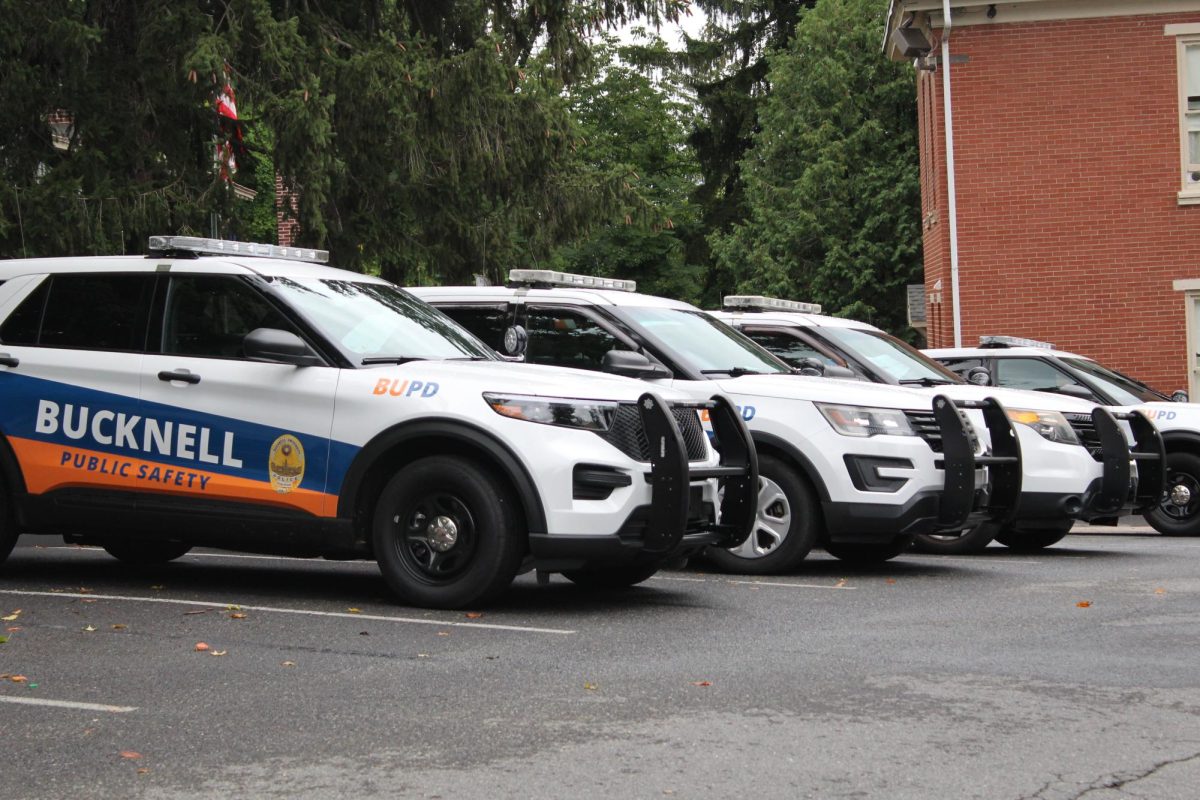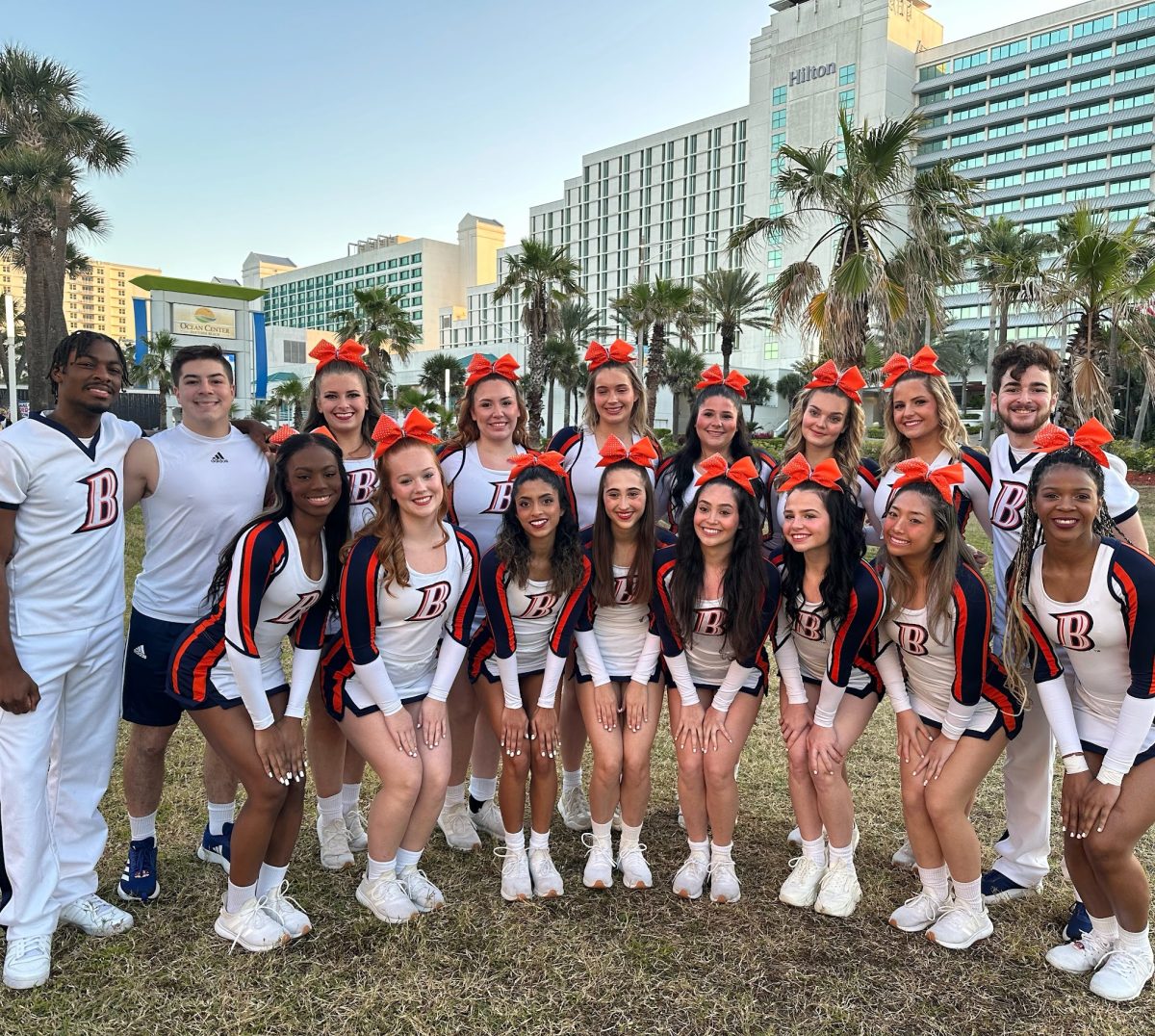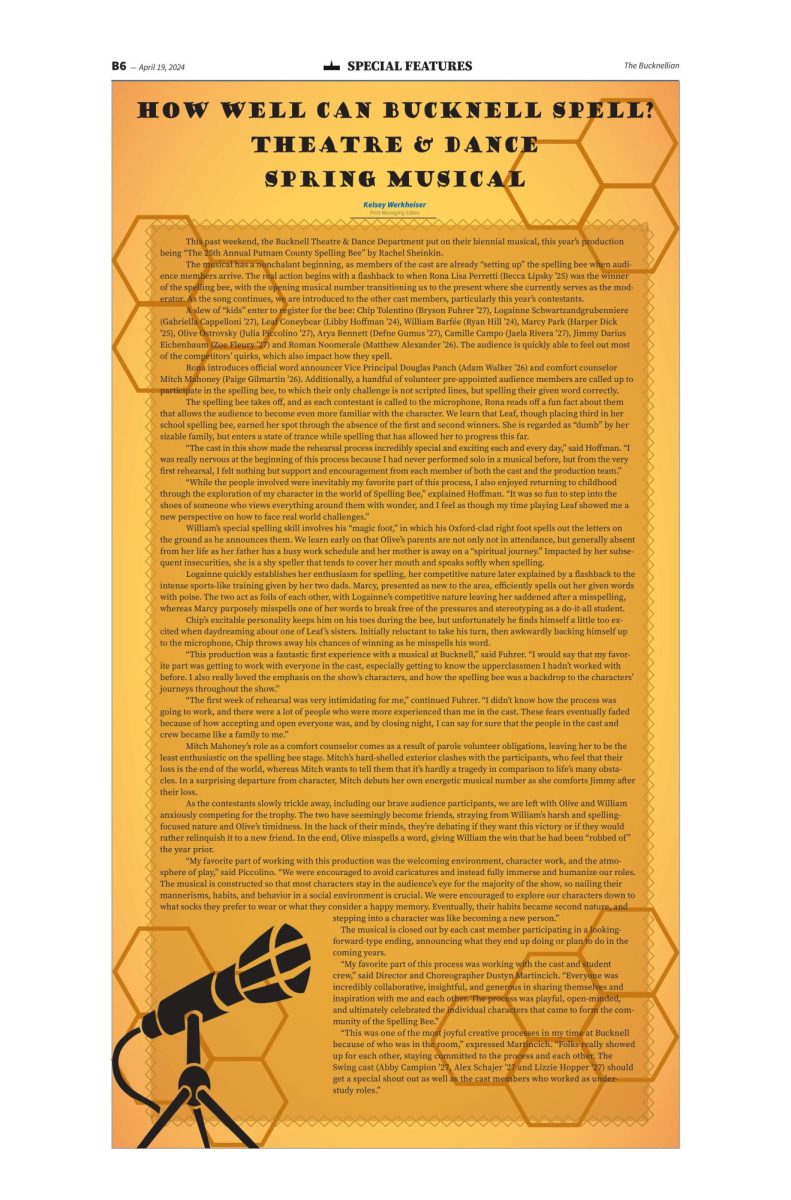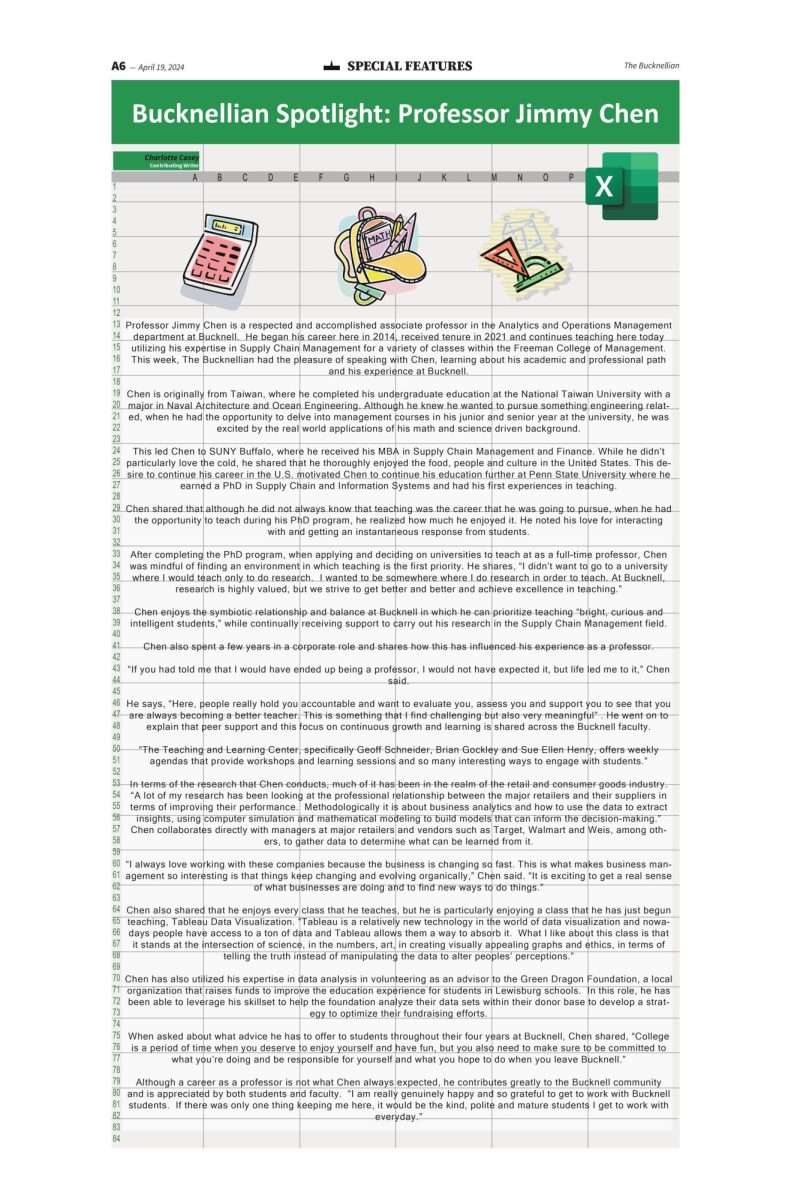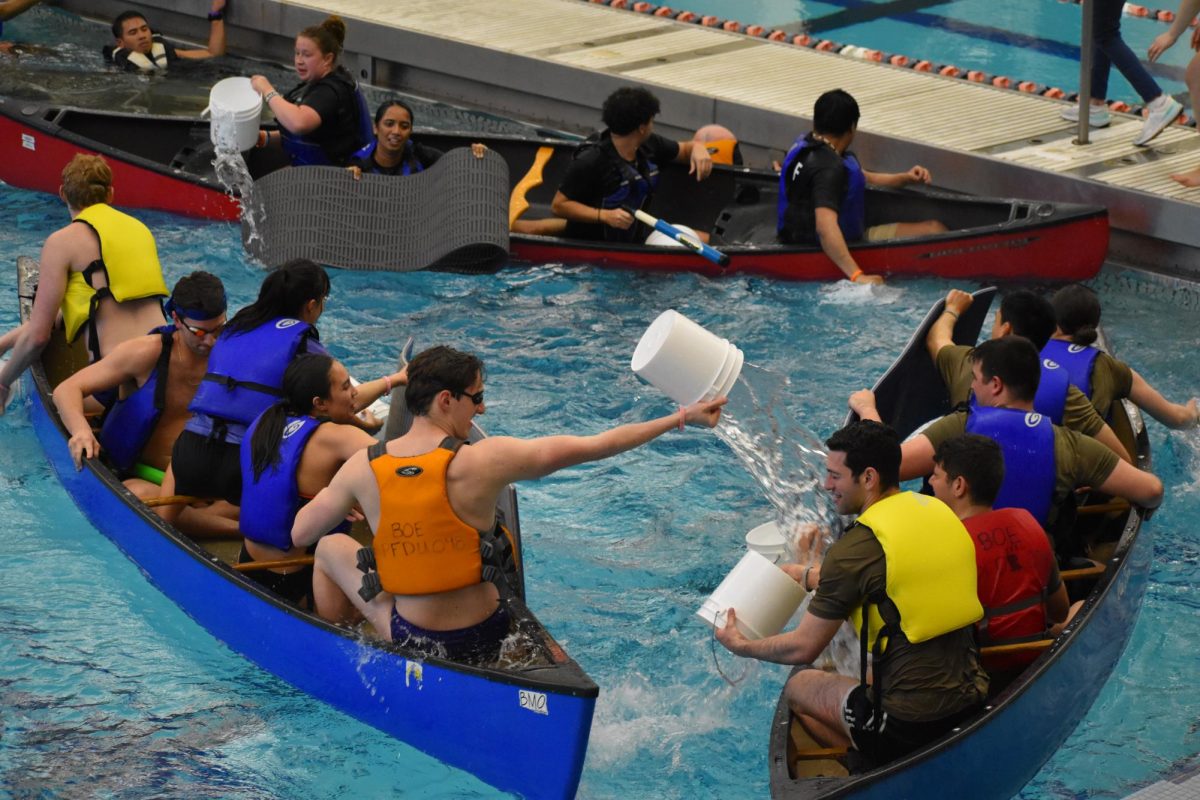“LEED” by example
April 7, 2016
Water is arguably the most important resource on Earth. It also happens to arguably be the most wasted and misused resource on the planet. Our water costs today are consequently causing frequent issues in our lives, from droughts in California to contaminations in Flint, Mich.
How does this issue affect us at the University? Better yet, what can we do about it? Certainly, the recent renovation of the Carnegie Building serves as an example of how the modification of preexisting facilities can assist in contributing to the University’s Second Nature report goals of becoming more sustainable.
The current planning of Academic East can also provide opportunities to help the University become a leader as a living, learning laboratory, as was put forth in the 2013 Second Nature Report. Getting involved as part of the charrette, for example, can provide a platform to make our voices heard regarding the concerns about water usage.
More than 1,300 alumni and parents live in San Francisco, the East Bay, and the surrounding areas and make up the Bucknell Club of Northern California. With this large sample population from the California drought area closely affiliated with the University, it is only right to show that sustainable, responsible water use can and should be practiced.
I realize that we cannot expect to implement entirely sustainable water modifications and measures throughout the entire campus; we must start small and grow. The options listed above are huge undertakings, but it’s important to begin somewhere.
Many students and faculty personally come into contact with the men’s bathroom in the ELC Student Space on a daily basis. Most likely one of the highest traffic bathrooms on campus, it is fixed with four toilet stalls that each use approximately 3.5 gallons of water per flush. This can be quite inefficient when students are pouring in during lunch hour, especially since there are no urinals. But more importantly, think of the water that it wastes.
I have recently discovered the Sloan Waterless Urinal—it might sound funny, but these new models would go a long way towards establishing the sustainability framework that was suggested by the findings of the Second Nature Report. The Sloan Waterless Urinal uses no water for maximum LEED credits and minimal water and sewage costs, conserves up to 40,000 gallons of water each year, and has touch-free operation that promotes hygiene and eliminates cross contamination.
According to Epstein’s Corporate Sustainability Model, our outputs can be even bigger than the reduction of water use and money savings on water bills. We can promote our selection of these cutting-edge sustainable units by incorporating them into the overall education of the campus body that we have as our captive audience, such as placing informational pieces near the units to explain how responsible change is being implemented. The University is at the forefront of innovation in many dimensions, and we can’t forget to sharpen the rest of the blade to maintain our “cutting-edge” reputation.

